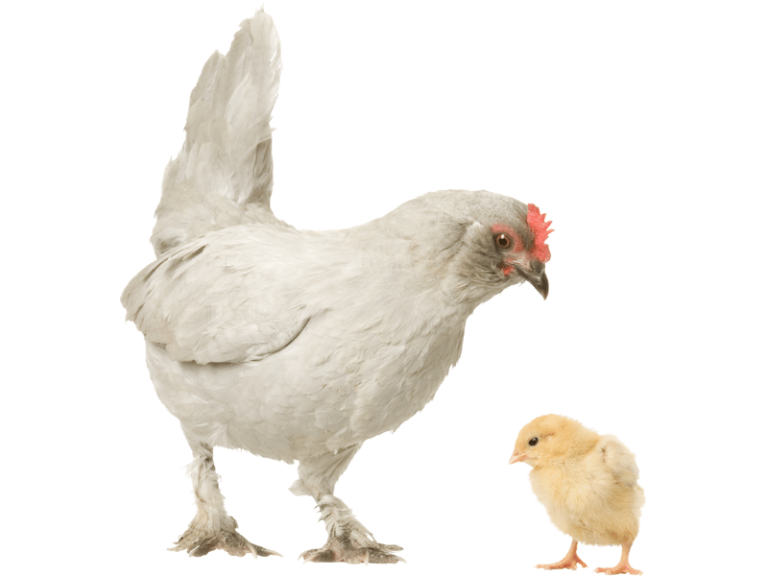Chicken eggs and duck eggs are covered with a hard shell made of calcium carbonate, inside which are two tough membranes that tightly encase the yolk and egg white, preventing anything from entering. However, sometimes when we crack open an egg, we may find one or two small floating insects. It’s puzzling how they got inside.
These insects inside the eggs are a type of parasitic worm called Echinostoma revolutum (or Echinostoma). They often reside in the oviducts of chickens, ducks, or geese. Their larvae parasitize inside the bodies of dragonflies. If poultry such as chickens or ducks ingest dragonflies or their larvae, they risk being infected by these parasites. The larvae of Echinostoma enter the poultry’s body through the digestive tract, develop into mature worms, and eventually enter the oviducts through the cloaca, where they mature further.
Poultry that are attacked by these parasites suffer greatly; some may stop laying eggs, while others may experience pyosalpinx (pus-filled oviducts) leading to peritonitis, and in severe cases, death. Throughout the year, there may be several opportunities for infection. However, upon subsequent infections, poultry develop a form of immunity that allows the adult parasites to exit the oviducts along with the egg yolk, passing through the shell gland without affecting the bird’s health, as neither the larvae nor the adult worms can parasitize humans.

